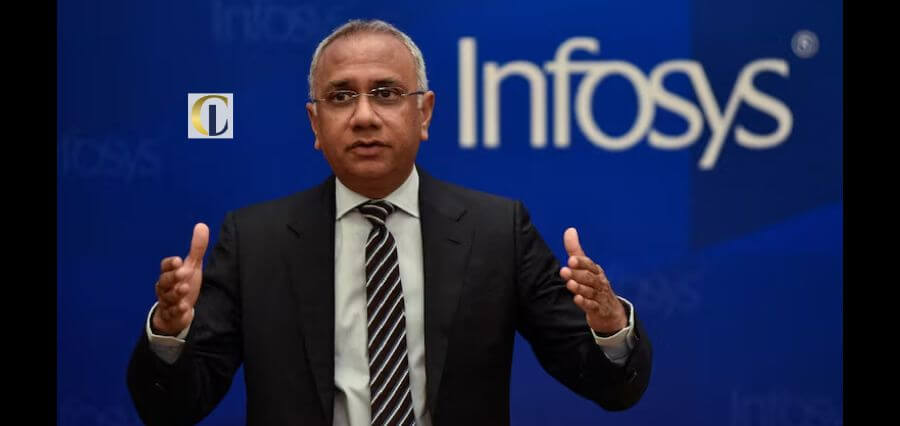The growing demand for air travel is colliding with a lack of aviators, driving the sector to take shortcuts.
It took only 23 seconds for Qantas Airways Ltd. Flight QF72 to plummet 690 feet, hurling people into the sky midway between Singapore and Perth.
Within five seconds, the Airbus A330 experienced forces equivalent to 0.8 times gravity switching to 1.56G, which must have felt like a roller coaster plummet followed by an acceleration quicker than a sportscar. It was a terrifying encounter that left over 100 people injured.
When the flight computer went “crazy,” as Captain Kevin Sullivan subsequently described it, he had the second officer at his side and the first officer was on his way back to the flight deck. He required them. Three minutes later, the aircraft dipped down again and dropped 400 feet in 15 seconds, with the pilots collaborating to diagnose the issue.
The cockpit on the October 2008 aircraft was staffed by two pilots, which was fortunate for the passengers and crew. Cutting flying teams to a single pilot for the most of a trip would almost certainly result in a very different outcome.
Reuters reported last week that Cathay Pacific Airways Ltd. is collaborating with Airbus SE to attain this goal. The greater automation offered on the Airbus A350 would allow a pilot to take a rest while just one remained in the cockpit. That would cut the number of pilots on a long-haul trip from two crews of two pilots each, who normally cycle shifts, to three pilots overall, or perhaps less.
The drive toward so-called single-pilot operation has accelerated in the last decade, as rising demand for air travel has collided with a chronic scarcity of competent aviators. According to a 2018 report by the International Civil Aviation Organization, the world needs to train an extra 550,000 pilots by 2037, and consultant Oliver Wyman predicts a 35,000 deficit as early as 2025.
That pressure will be especially severe as financially afflicted airlines seek to rebuild themselves in the aftermath of the Covid-19 epidemic, which has burdened them with more than $220 billion in new debt while operational expenses have surged almost 50% ahead of revenue.
It is obvious that cutting down the flying crew would be appealing: Most flights are pretty uneventful for the majority of the time. The majority of pilots’ time is spent during the take-off and landing phases, which are also statistically the riskiest.
To get passengers back into flying metal tubes in the aftermath of a pandemic, however, it will be necessary to assure them that those safety standards would be maintained. Automation is not always the greatest answer in these situations. It has only been a little more than two years since the latest generation of the world’s most popular aeroplane, the Boeing Co. 737, was grounded due to issues with its automated control systems, which resulted in 346 deaths. As much as the airline industry’s cash-strapped management would like to minimise staff expenses right now, removing the pilot would be a risky decision.








